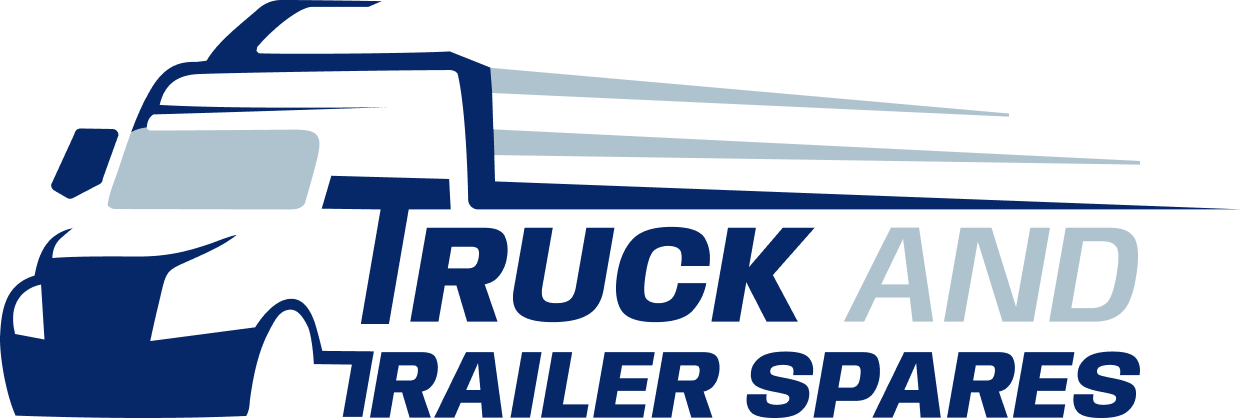
Transporting heavy goods across rough Australian terrain demands more than just a reliable vehicle — it requires the right strapping method to ensure the load stays secure, safe, and compliant. From outback highways to uneven job sites, poor strapping can lead to dangerous load shifts, costly damage, and potential legal consequences.
This guide explores the best strap methods for rough roads, with a focus on tie down strap selection, break strength, load rating, and why ratchet straps remain a go-to solution for Aussie drivers and fleet operators.
Why Proper Strapping Matters on Rough Roads
Rough roads test every part of your truck and trailer setup — including your load restraint. Potholes, corrugations, steep grades, and sudden stops create forces that can exceed the original tension applied to a tie down strap. Without proper planning, even a well-balanced load can become unstable.
Consequences of poor strapping include:
-
Load shifts that damage goods or the vehicle
-
Dangerous road hazards if cargo falls off
-
Fines and penalties under Australian load restraint regulations
-
Delays and costly downtime
That’s why choosing the right strap method — and the right gear — isn’t just smart; it’s essential.
Understanding Tie Down Strap Basics
Before exploring the best method, it’s important to know your equipment. Not all straps are created equal, and rough conditions expose the weaknesses of inferior gear.
Key Features to Check:
-
Break Strength: The maximum force a strap can withstand before breaking. Always choose a strap with a break strength higher than the forces expected during transit.
-
Load Rating (LC): The maximum force a strap can safely hold under normal use, also known as lashing capacity. This is usually about one-third of the break strength.
-
Material: Polyester webbing is commonly used for its strength and low stretch — ideal for consistent tension on bumpy roads.
-
End fittings: Hooks, snap hooks, and D-rings must suit your anchor points and match the strap’s load rating.
Cross-Strapping vs. Straight Straps: What Works Best?
When it comes to rough roads, the way you apply your straps is just as important as their specifications.
1. Straight Straps
Straight strapping runs directly over the load, anchoring it to the sides or floor of the trailer. This method is simple and effective for evenly shaped items with low centres of gravity.
However, on uneven roads, vertical bounce and lateral sway can loosen straight straps or allow slippage if the load isn't tightly blocked.
2. Cross-Strapping
Cross-strapping involves securing the load using an ‘X’ pattern. It provides lateral restraint from two directions and keeps cargo from shifting side to side.
Benefits of cross-strapping:
-
More secure for tall or top-heavy items
-
Reduces risk of load movement in multiple directions
-
Distributes force more evenly across the load and trailer frame
Tip: Cross-strapping with two high-quality ratchet straps is often the best option for loads that will face significant movement or cornering forces on uneven terrain.
Ratchet Straps: The Gold Standard for Rough Roads
Ratchet straps offer superior tensioning and reliability compared to cam buckle or rope tie-downs. The ratcheting mechanism allows for precise tension control and won’t slip or loosen during transit.
Why They Excel:
-
High break strength and load rating options
-
Re-tensioning is easy without removing the strap
-
Ideal for securing heavy, irregular, or stackable loads
-
Designed for repeated heavy-duty use, even in dirt and moisture
Always inspect your ratchet mechanism and webbing for signs of wear before each use. A frayed strap or corroded ratchet is a liability on rough roads.
Tips for Securing Loads on Rough Terrain
1. Use Edge Protectors
Prevent straps from cutting into the load or being frayed by sharp edges. Rubber or plastic corner protectors help preserve strap strength and protect your cargo.
2. Pre-Tension Before the First Bump
After tightening, drive a few hundred metres and stop to check the tension. Loads often settle into place, loosening initial tension. A quick check prevents mid-route shifting.
3. Use Multiple Anchor Points
Spreading the load across more straps and anchor points reduces the strain on individual straps, which is especially important for large or awkward loads.
4. Don’t Overload the Straps
Always ensure the load is within the combined load rating of all straps used. If one strap fails on a rough patch, others must take the load — they should be able to handle it.
5. Comply With Load Restraint Guide
Refer to the National Transport Commission’s Load Restraint Guide to ensure your method meets legal requirements, especially for commercial operators.
Quality Pays
Investing in quality tie-down straps, ratchet hardware, and protective gear pays off in reduced risk, increased safety, and peace of mind. Poor-quality or underrated gear can cost far more in damages, delays, or legal consequences.
If you’re driving across outback terrain or hauling equipment to remote job sites, don’t cut corners. Quality equipment is your insurance policy on Australia’s unpredictable roads.
Final Thoughts: Choose the Right Method for the Right Load
There’s no one-size-fits-all when it comes to load restraint, but for rough roads, the safest approach often includes:
-
Cross-strapping for lateral control
-
Ratchet straps with high break strength and suitable load rating
-
Smart load distribution and blocking
-
Ongoing checks during transit
By combining these methods, you significantly reduce the risk of load movement, equipment failure, or costly compliance issues — making every journey safer and more efficient.
For truck drivers, fleet managers, and heavy transport operators, investing in the right load restraint gear is essential. At Truck & Trailer Spares, we offer a wide selection of heavy-duty ratchet straps, tie down accessories, and trailer parts built to withstand Australia’s roughest roads.
Looking to further improve your load safety? Be sure to read our guide on the best practices for securing loads in your trailer, packed with expert tips for safe and legal transport.








